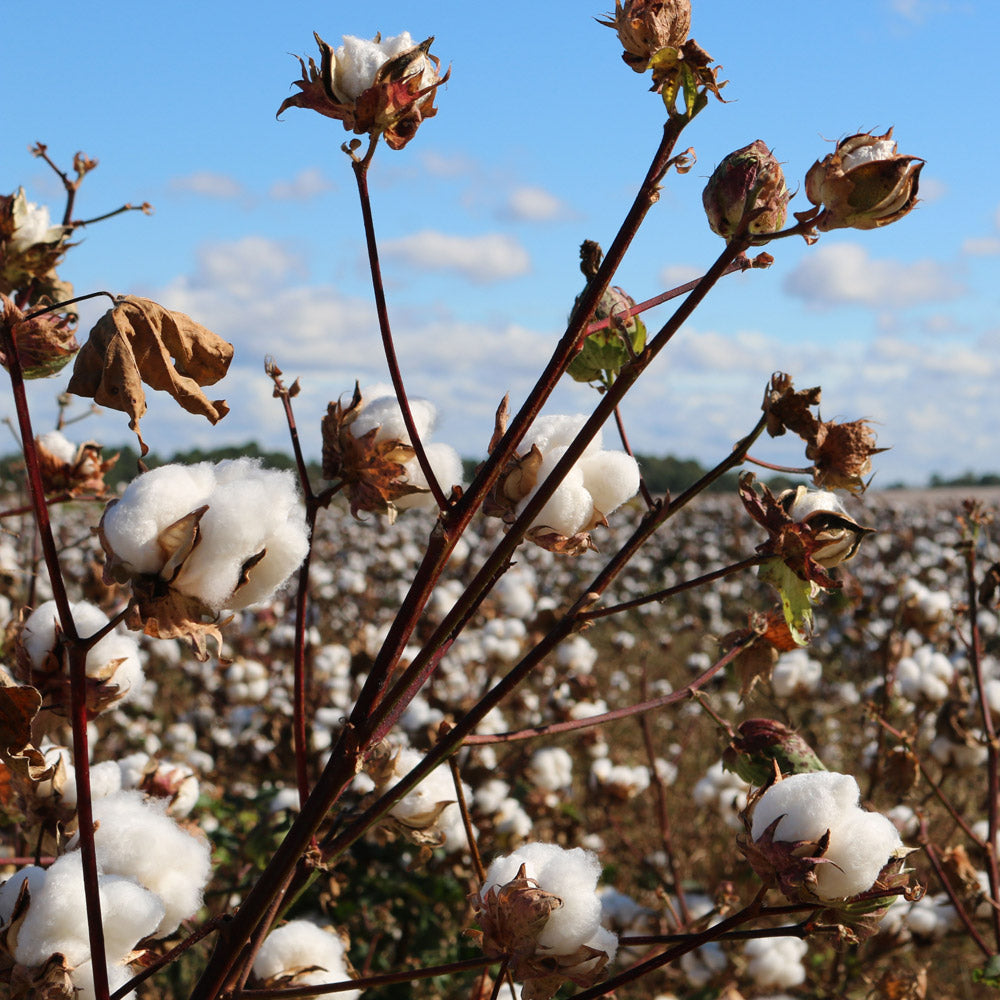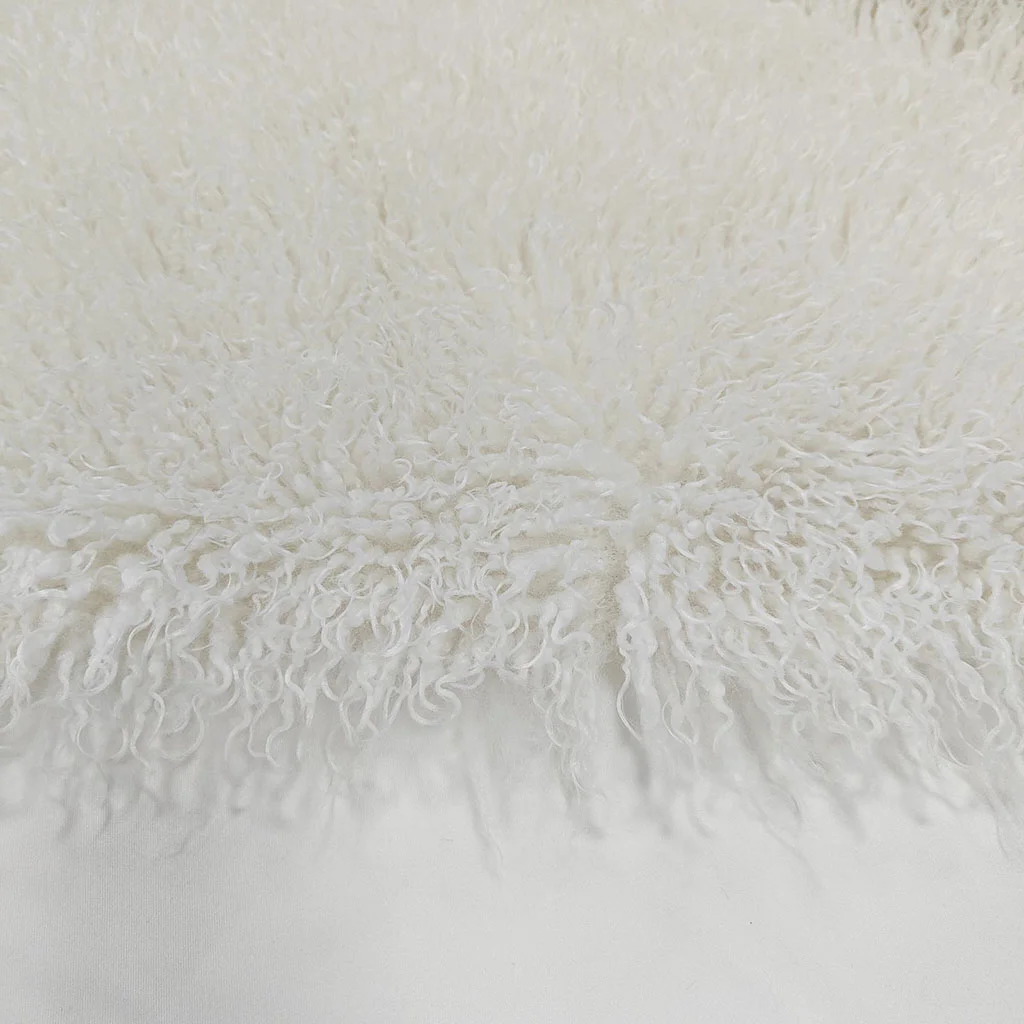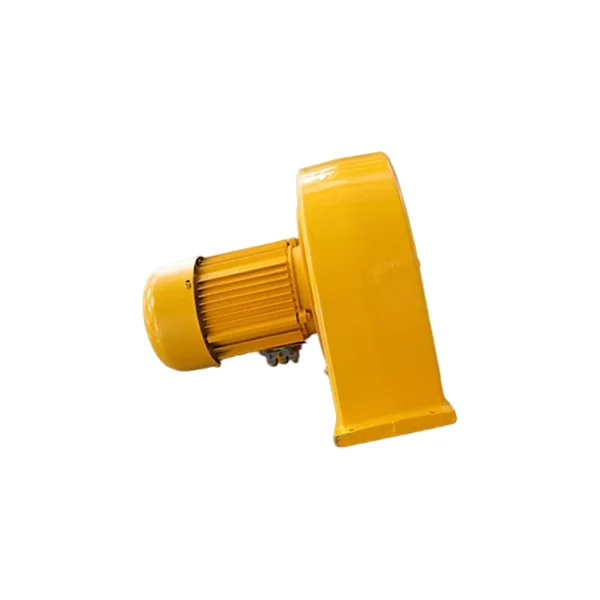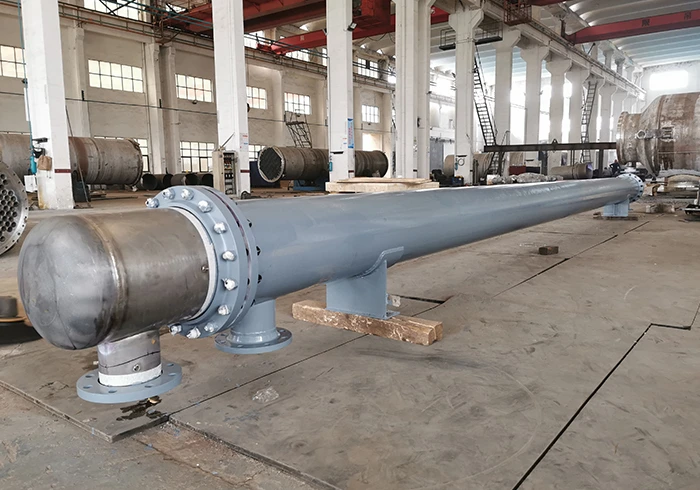
Polyester is a widely used synthetic fiber known for its durability, versatility, and affordability. However, there is a common misconception regarding its stretchability. Many people believe that polyester fabrics with a 20% polyester composition are inherently stretchy. In this article, we will delve into the properties of polyester and explore whether a 20% polyester blend can indeed provide stretchiness. Let's uncover the truth behind this popular belief and understand the factors that contribute to the stretchability of polyester fabrics.
Understanding Polyester:
Polyester is a polymer made from petroleum, and it is produced through a chemical process called polymerization. The resulting fibers are strong, resistant to wrinkles, and have excellent shape retention. Polyester fabrics are commonly used in various industries, including fashion, sportswear, home textiles, and automotive applications.
Polyester's Inherent Stretchability:
Polyester fibers, in their pure form, are not naturally stretchy like elastane or spandex. They possess limited inherent elasticity, which means they have a tendency to return to their original shape after being stretched. However, this elasticity is relatively low compared to stretchier fabrics.
Polyester Blends and Stretchability:
To enhance the stretchability of polyester fabrics, manufacturers often blend polyester with other fibers such as elastane or spandex. These blended fabrics combine the strength and durability of polyester with the stretch and recovery properties of elastane. The percentage of elastane or spandex in the blend determines the overall stretchiness of the fabric.
Debunking the 20% Myth:
Contrary to popular belief, a polyester fabric with a 20% polyester composition does not necessarily guarantee stretchiness. The stretchability of a fabric depends on the type and amount of stretch fibers blended with polyester. A 20% polyester blend may provide some degree of stretch, but it is unlikely to offer significant elasticity on its own.
Factors Affecting Stretchability:
Apart from the blend composition, several other factors influence the stretchability of polyester fabrics. These include the fabric construction, yarn type, weave or knit structure, and finishing treatments. Fabrics with a higher thread count, tighter weaves, or specific stretch-enhancing finishes can exhibit greater stretchability, even with a lower percentage of stretch fibers.
Choosing the Right Polyester Blend:
When selecting a polyester blend fabric for stretchability, it is crucial to consider the intended use and desired level of stretch. For applications requiring high elasticity, fabrics with a higher percentage of elastane or spandex are recommended. On the other hand, if moderate stretch is sufficient, a lower percentage blend can be suitable.
Conclusion:
In conclusion, the belief that a 20% polyester composition automatically makes a fabric stretchy is a misconception. Polyester fibers, in their pure form, possess limited inherent stretchability. The stretchiness of polyester fabrics primarily depends on the inclusion of elastane or spandex fibers in the blend, along with other factors such as fabric construction and finishing treatments. Understanding these aspects will help you make informed decisions when choosing polyester fabrics for various applications, ensuring the desired level of stretch and performance.





